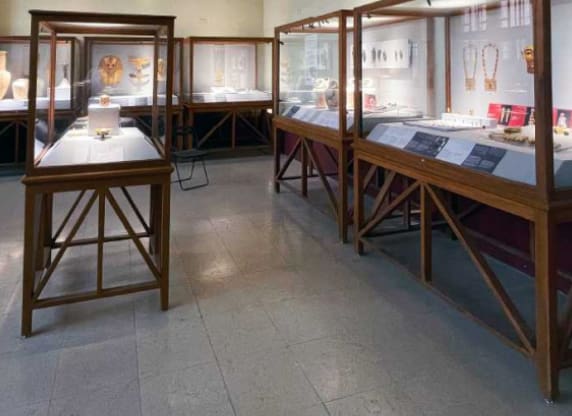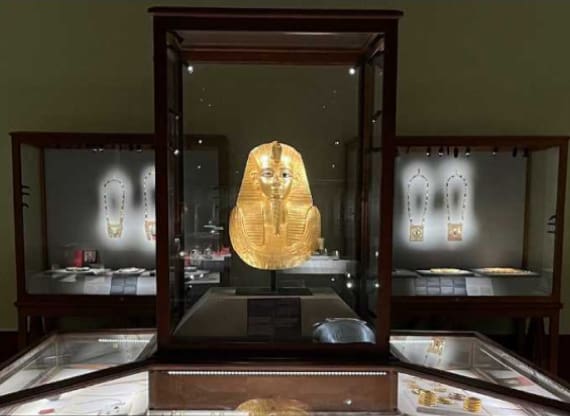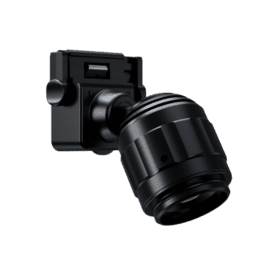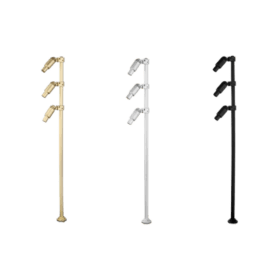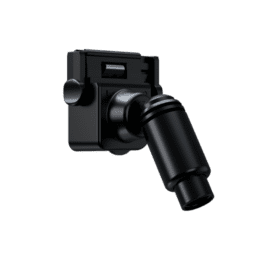Lighting Retrofit Case Study
Tanis Collection, Egyptian Museum, Cairo
Luxam recently had the honour of lighting the TANIS COLLECTION which replaced the Tutankhamun Collection at the Egyptian Museum of Cairo.
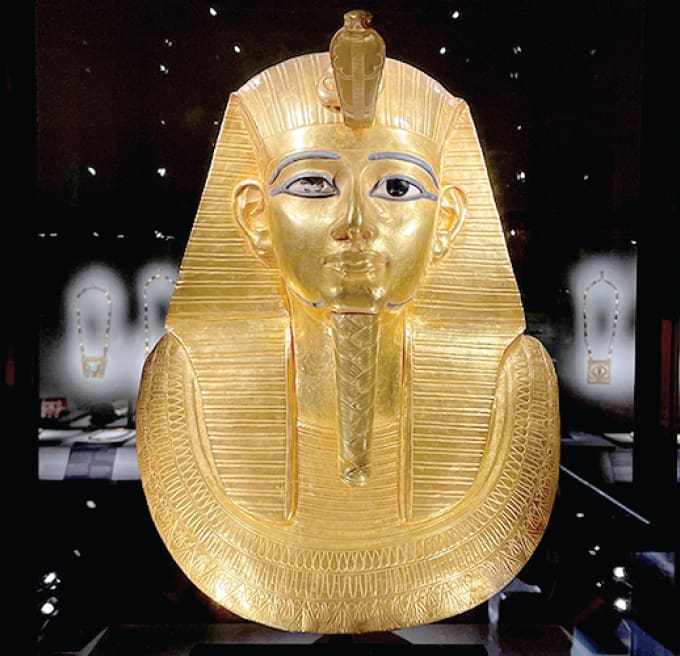
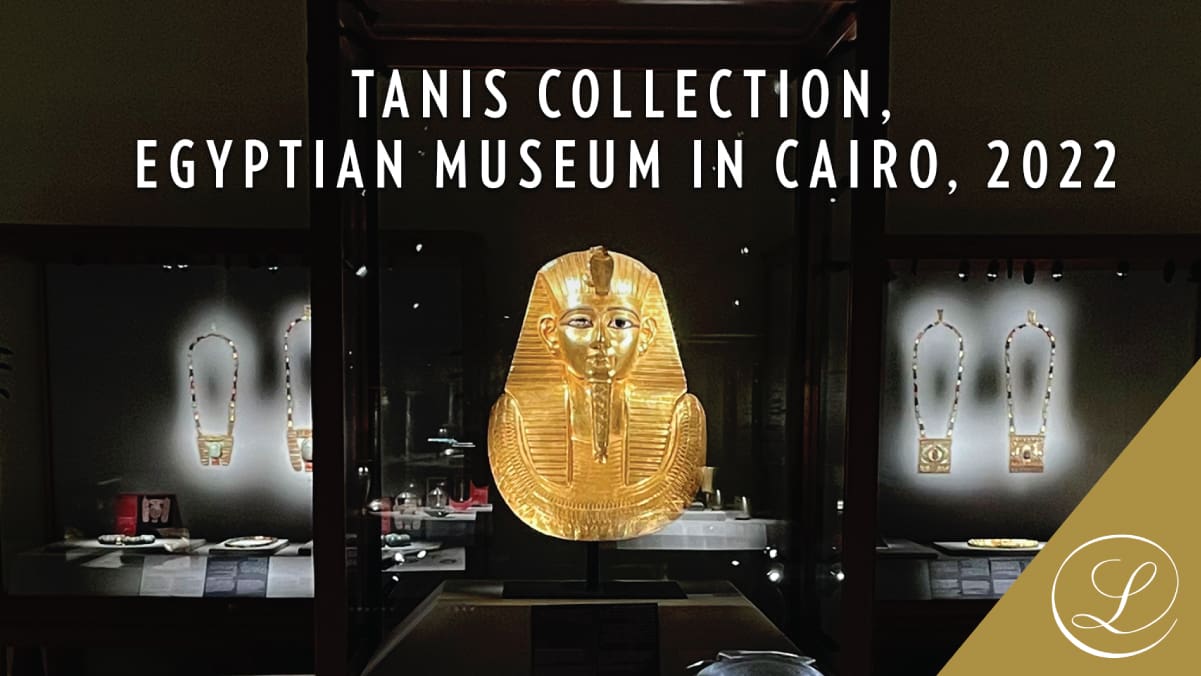
History
130 kilometres northeast of Cairo, on the site of Tanis, a partly intact royal necropolis was discovered in 1939, during an archaeological mission headed by Pierre Montet. The outstanding artefacts found in Psusennes I’s burial vault during this expedition, are matched only by those of Tutankhamun (discovered 17 years prior).
Tanis is said to have been the capital of Egypt during the 21st and 23rd dynasties. The construction of the burial site started at the beginning of the 21st dynasty (11th century BC) and it remained an important regional metropolis until the end of the Byzantine era (7th century AD).
Montet’s mission led to the discovery of remarkable sarcophagi with treasures of gold, silver and precious stones, along the tombs of the kings Psusennes I (1039-991 BC), Amenmope (991- 981 BC) and Shoshenq II. The true showpiece is the funerary mask set on the head of Psusennes I’s mummy. A magnificent piece of gold, lapiz lazuli and black stone that idealizes the features of the king.
Readapting Existing Museum Showcases
To display the pieces, existing museum showcases were retrofitted. Many of these showcases are over 100 years old, dating back to the early days of the Egyptian Museum, founded in 1902.
1. Retrofitting
Installing in-case LED lighting in the existing museum showcases requires precision, in order for them to be adapted to the needs of cabling, tracks and stems, without damaging the showcase itself. To do this, four small holes of 4mm, and one hole of 10mm, are made in each showcase to introduce discreet and adaptable LED lighting. The impact of the lighting is then minimized as the track or stem perfectly blend into the structure of the showcase. A union is then created between the old and the new, between historical display cases and modern museum lighting. All changes are reversible.
2. Pre-Focus
Working with the curator and conservation teams, a lighting pre-focus is done prior to the artifacts being installed. This ensures that the time spent with an open case is minimized, and light levels are respected for conservation.
3. Final Focus
Once the artifacts are installed, trained focusers perform the final focusing to emphasize key aspects of the objects and minimize shadows and glare.
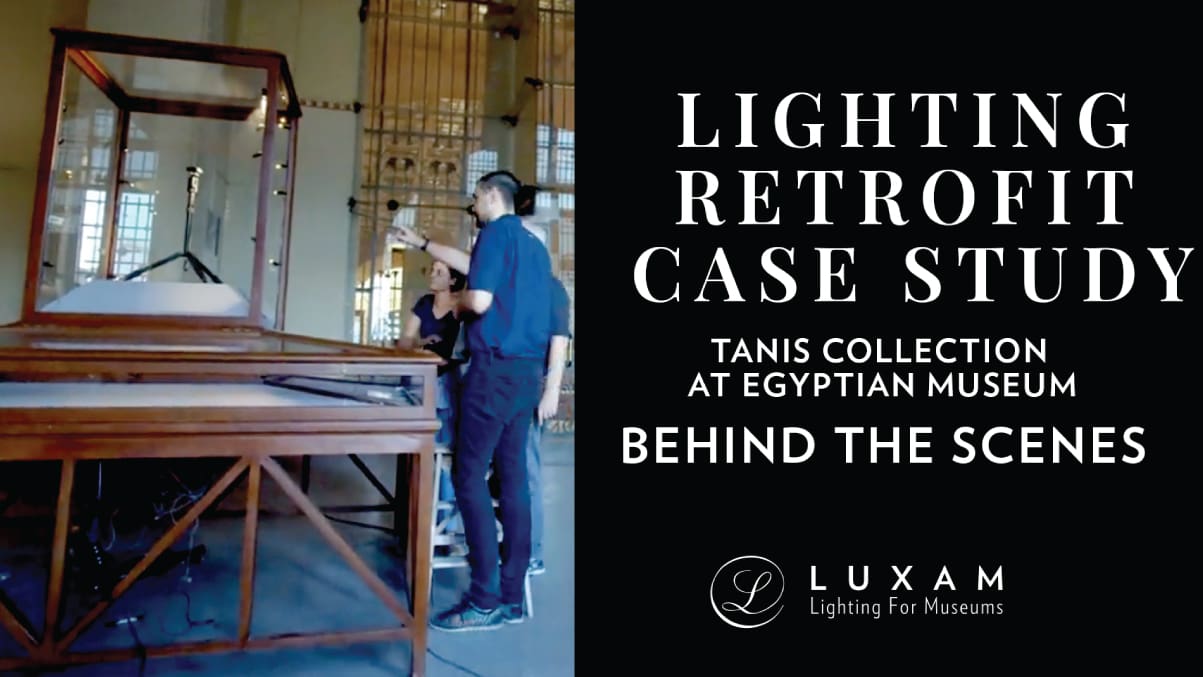
Why consider modern lighting for existing Museum Showcases?
At Luxam, we believe that museums are where artifacts come back to life, and lighting is an essential tool to achieve this goal. Lighting assists artifacts in telling their stories. Incorporating in-case lighting into existing showcases is a cost-effective solution that significantly enhances collections. Visitors are now able to better admire the details of the collection, all whilst preserving the Egyptian Museum’s charm and history.
The Egyptian Museum, Cairo, Egypt
Luxam Lighting
Moamen Othman\ Chef de secteur de musées égyptiens
Sabah Abdel Razeeq\ Directrice de musée el Tahrir
Islam Ezzat\ Coordinateur de projet de UE
Abeer Abdel Aziz\ Conservatrice en Chefs
Zienab Fares \ Conservatric
Reham Amer\ Volunteer
Mayar El Bahiry\ volunteer
Rokia Sayed\ Volunteer
Mariam Mohmed Hany\ Volunteer
Miral Mahmoud Kamel\ Conservatrice au GEM et Co ordinatrice de Luxam.
Vincent Rondot, Directeur du département des Antiquités égyptiennes
Sophe Labbé-Toutée, Chargée de missions, département des Antiquités égyptiennes
Leïla Benaouran, Régisseur d’œuvres d’art, département des Antiquités égyptiennes
Sophie Duberson, Conservatrice-Restrauratrice, département des Antiquités égyptiennes
Marie Aillaud, Responsable administratif des départements des Antiquités égyptiennes et des Antiquités orientales
Clio Karageorghis, Architecte-Conseil, musée du Louvre
Mélanie Cressent, Docteur en Égyptologie
Renaud Pietri, Docteur en Égyptologie
